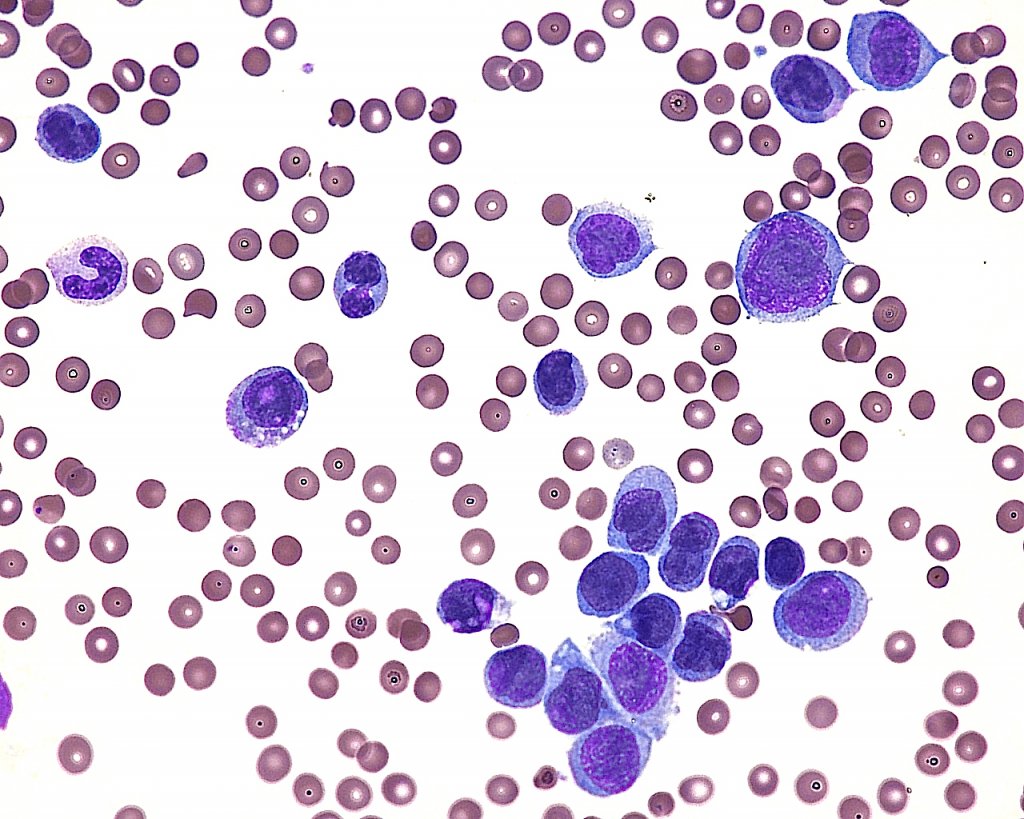Leukemia
Acute leukemia is the most frequent cancer covering over a third of all malignancies in childhood. Current treatment strategies for childhood acute lymphoblastic leukemia (ALL) result in long-term survival of about 80% of the cases. However, for some subgroups of patient like infants (>1 year of age) or pediatric patients with acute myeloid leukemia, the prognosis still remains poor. In addition, long-term side effects of successful therapeutic regimens like a higher risk of developing secondary cancers are a life-long burden. New therapeutic regimens using compounds that specifically target the molecular lesions in the leukemic cells should be able to overcome these problems. However, to be able to develop such agents we have to understand the critical molecular lesions underlying leukemogenesis.




